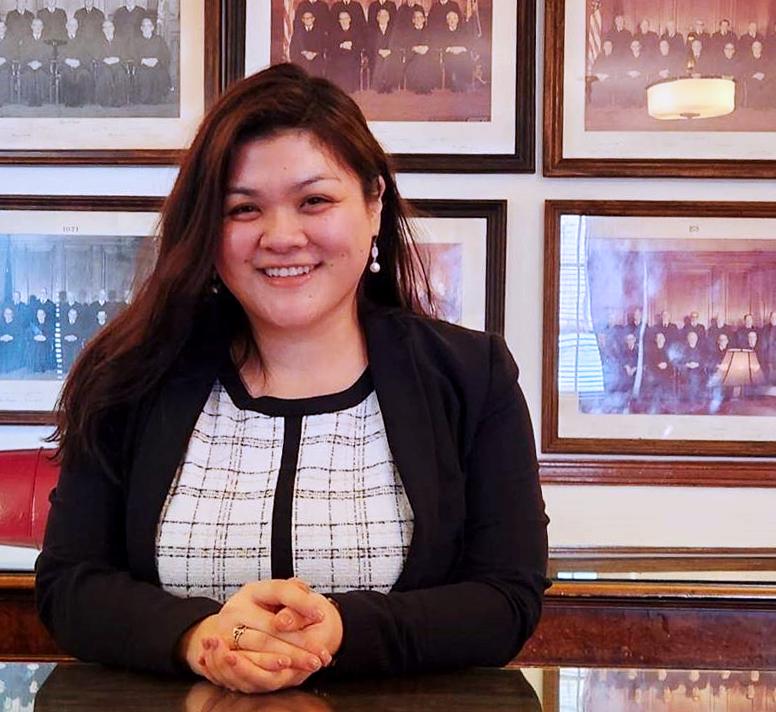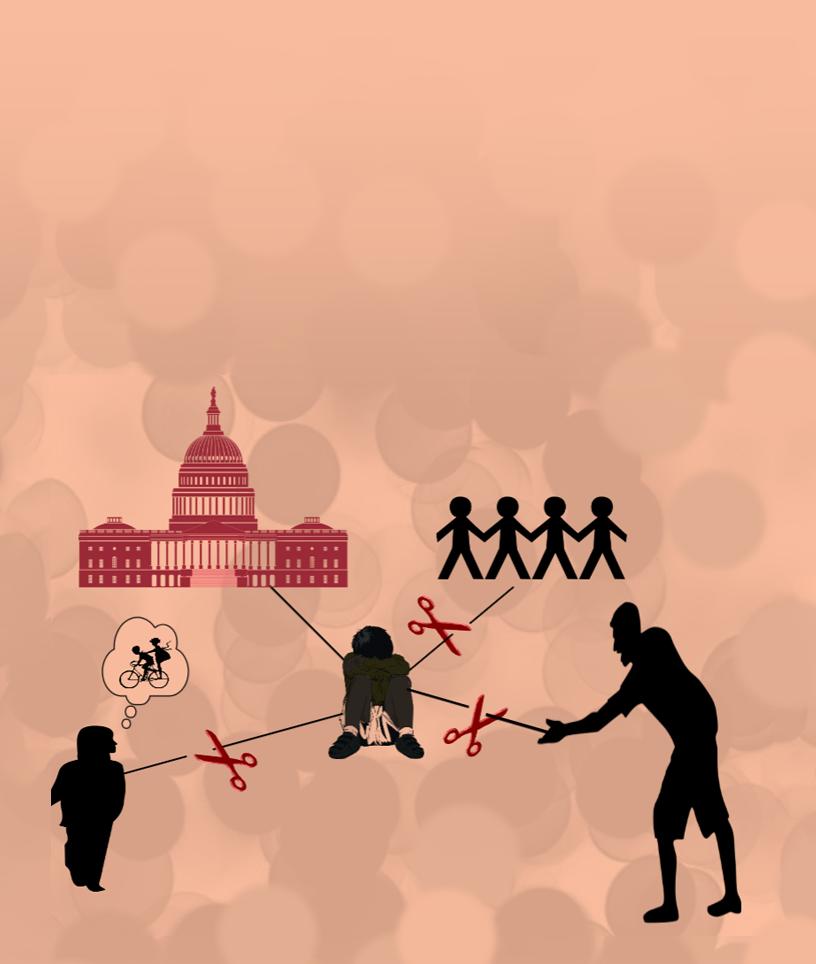
4 minute read
The Call
Nicole Kati Wong, J.D., M.S.T.
Can you recall a time when you were in the middle of a phone call and—suddenly—the line went silent? It may have been a pleasant conversation or perhaps you were extremely grateful for the interruption, but whatever your feelings were, it is likely that you had every ability and freedom to reconnect with the person on the other line. The same cannot be said for children who enter the foster care system and are abruptly disconnected from their families, friends, communities, and environments.
As an educator, advocate, and attorney, the one constant I have observed about the adolescent journey is that connection is crucial. When my students made text-to-self connections, there was a more potent underscoring of information than when they felt disassociated from the material. When those of us with lived experience in the foster care system champion change, we embrace the echo of our experiences and seek to bridge resources, institutions, and innovation. When it comes to the wellbeing of a child, it takes the fused understanding of various professionals to determine what “best interest” means. Yet, in spite of the universal, conventional understanding that there is a correlation between interdependence and advancement, the system that oversees child welfare is the very one subduing the healthy development of our youth. We know this because there are countless stories of children being separated from parents or siblings, not due to death or necessity, but rather due to such reasons as cultural insensitivity or systemic glitches that have children entering care whenever a (well-meaning but not always well-founded) mandatory reporter call is made.
The disproportionate number of children of color in foster care is so defining a characteristic of the system that it speaks volumes of its ineptitude for cultural humility. How many children of immigrant families have entered care because their parents affectionately used ancestral, medicinal practices that were (ironically) mistaken for physical abuse? How many foster children are placed in remedial courses because of language barriers or gaps in education due to frequently transferring foster homes and schools? How many guardians are viewed as unfit caretakers because they could not afford to miss work (again) to show up to court, school conferences, etc., without the risk of job loss? How many siblings are kept apart due to assumptions that their bond is indicative of incest, rather than being viewed as a yearning for familiarity (i.e., when one sibling leaves their foster home bed each night only to be found in their sibling’s bed the next morning)? How many children are so isolated from the ethnic, cultural, and spiritual values of their birth families because they are only permitted a one-hour weekly visit—if that—with their parents? How many families have been torn apart? How many more have to be? At what point will we reshape what care really means?
The vulnerable population of youth in foster care undergo traumas that are invisible and incomprehensible to their peers. Due to the many ways foster children are separated from meaningful support systems, they experience higher levels of mental health issues, emotional dependencies, physical self-harm, academic failures, etc., than the general population while still being expected to perform at the same rate as their peers As they become young adults, they experience higher levels of poverty (i.e., homelessness not too long after exiting foster care), criminal activity, substance abuse, etc. than the general population while still being judged for not “excelling” at the same rate as their peers. I have met countless former youth in foster care whose contribution to society is invisible and incomprehensible to their peers. Each system-driven severed connection created another obstruction to their ability to succeed and yet, their hearts still beat. In these silent heroes, there is a testament to the import of hope (the only thing sustaining the victim of disconnection).
This column has been filled with rhetorical questions and calls for action. Hopefully, unlike those moments where a phone call abruptly ends, there will be readers on the other side of these words who (value the importance of connection and) respond.

Image by Nicole Kati Wong










